Characteristics of BacteriaBacteria OverviewBacteria, Archaea, and Eukarya, are the current domains used to classify living beings. Bacteria are a type of microorganism that belong to the Bacteria domain. Bacteria and Archaea were originally classified as part of the Kingdom Monera, but both categories are now regarded as independent domains due to genetic and anatomical trait variations. Archaea contain extremophiles, which are unicellular creatures that exist in conditions with severe temperatures, high salinity, or certain compounds where most other forms of life would perish. Eukarya is made up of both unicellular and multicellular creatures with genuine nuclei in their cells. Protists, fungi, plants, and animals are examples of these creatures. 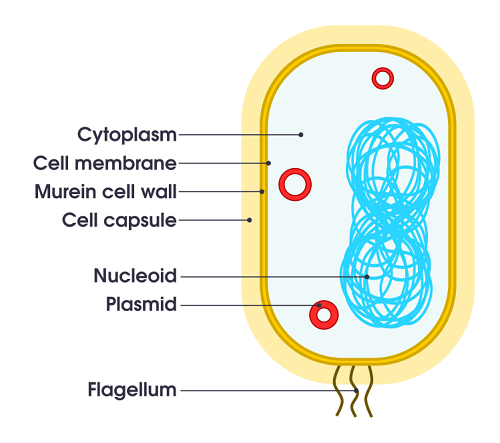
Since bacteria lack a nuclear envelope, their DNA (deoxyribonucleic acid) is not housed within a nucleus. Bacteria are minuscule, which means they are invisible to the naked sight. To put things in perspective, bacteria are generally one micron in length or circumference, depending on their morphology. The tiniest unicellular eukaryotes (including protists like Plasmodium and Euglena) are commonly seen to be between 10 and 100 microns in size. Bacteria are also unicellular, meaning that each bacterium is made up of only one cell. Bacteria can be discovered in geothermal vents deep below the ocean due to their microscopic size. Bacteria may be found at geothermal vents deep under the ocean and on the skin surface of most animals due to their tiny size. What are Bacterial Characteristics?Bacteria are prokaryotes with no nuclear envelope. Therefore, their DNA is suspended in the cytoplasm. Bacteria are classed based on their morphology as well as how they behave in the laboratory when stained with the Gram stain. Bacteria can be classified as Gram-negative or Gram-positive. Due to their thin peptidoglycan layer and outer lipid layer, Gram-negative bacteria do not respond to the Gram stain. Gram-positive bacteria stain because their peptidoglycan layer is thicker and lacks the outer lipid layer. 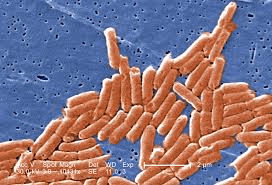
All bacteria have a plasma membrane, and many have extensions on the outside of their bodies, such as flagella or cilia. Depending on the structure and kind of bacteria, they may aid in motility. Often these bacteria have cell walls, just like plant cells. Cell walls provide support for the cell and help its structure and form. The five most prevalent types of bacterium shapes are:
Bacteria can metabolize or break down a wide range of organic (carbon-based) and inorganic chemical compounds, allowing them to thrive in a wide range of environments. Some bacteria require oxygen to survive, and these are known as aerobic. Anaerobic bacteria live in environments where atmospheric oxygen is not present. Facultative anaerobes are bacteria that do not require oxygen but may thrive in their presence. 
Bacteria reproduce by a mechanism known as binary fission. Binary fission is similar to mitosis in that both processes entail a parent cell separating and giving rise to two new cells (daughter cells). Some bacteria finish the reproduction process by binary fission in a matter of minutes, while others might take many years. Some bacteria produce endospores, which are tough spores that can undergo a cryptobiotic, or latent, stage until environmental circumstances allow them to increase. These spores can endure stresses like severe temperatures and poisonous chemical compounds, which would kill off most other living forms. Bacteria are a vast group of prokaryotic microorganisms. Bacteria belong to the category of first living forms to arise on Earth and may be found in almost every environment. Bacteria may be found naturally and even in the harshest environmental conditions like radioactive waste, polluted water, acidic hot spring, and even deep below the Earth's crust. Furthermore, they grow in organic materials as well as the living bodies of plants and animals, offering excellent instances of mutualism in the digestive systems of humans, termites, and cockroaches. But what exactly are bacteria? Bacteria and prokaryotes share several characteristics, including:
Bacteria have a few big intracellular structures because their cytoplasm lacks membrane-bound organelles. As a result, they lack a proper nucleus, Golgi, chloroplasts, and other eukaryotic cell organelles such as the mitochondria and endoplasmic reticulum. Bacteria were originally thought to be simple sacks of cytoplasm. However, components such as the prokaryotic cytoskeleton and protein localization to particular places within the cytoplasm have shown degrees of complexity. These subcellular compartments are referred to as "bacterial hyperstructures." 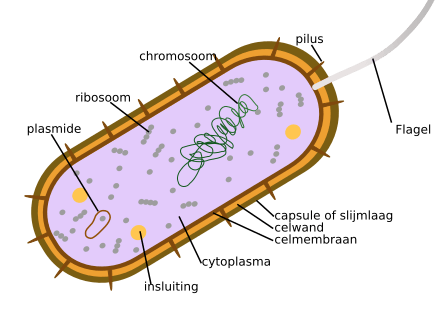
Increases in cell size (cell growth and reproduction via cell division) are strongly related in unicellular organisms, unlike in multicellular creatures. Bacteria reach a predetermined size before reproducing by binary fission, a kind of asexual reproduction. With a few exceptions, one of the bacteria's most evident structural characteristics is their tiny size. For example, E.coli cells, which are "average" in size, are around 2 micrometers (m) long and 0.5 m in diameter. Small size is critical because it provides for a high surface-area-to-volume ratio, allowing for quick nutrition intake, intracellular distribution, and waste elimination. The name "bacteria" was historically used for all tiny, single-cell prokaryotes that shared the characteristics mentioned above. However, molecular systematics reveal that prokaryotic life is divided into two distinct domains, formerly known as Eubacteria and Archaebacteria, but now known as Bacteria and Archaea, that developed separately from an old common ancestor. 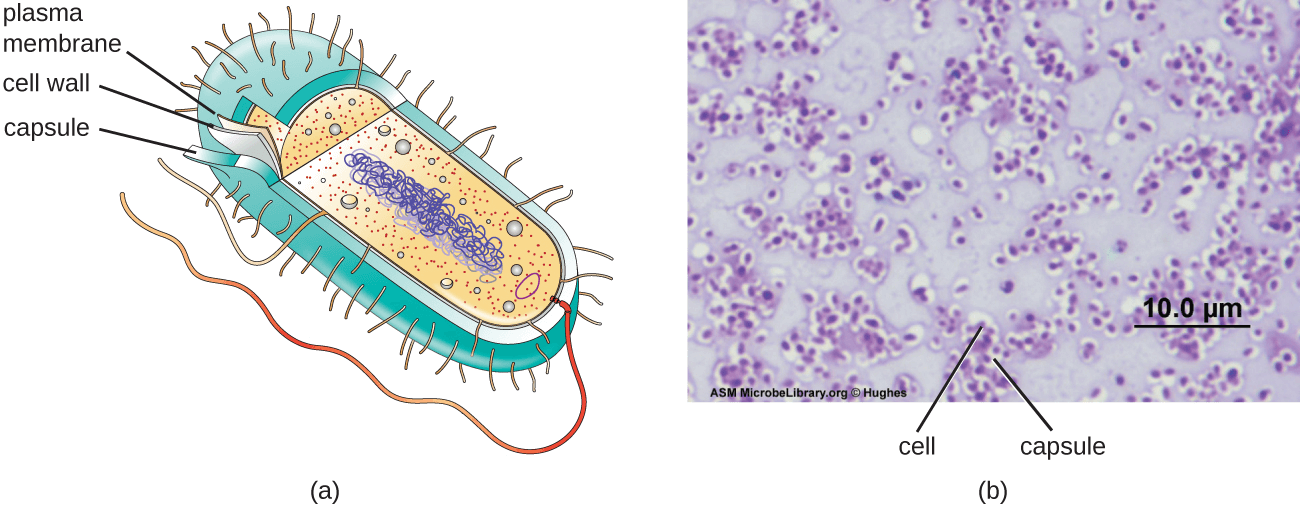
Archaea and eukaryotes are much more closely linked to each other than bacteria are. It should be emphasized that while Bacteria and Archaea are morphologically similar, their ancestral beginnings are defined by the genomic DNA that encodes various prokaryotes. Bacteria, Are They Alive?Bacteria are single living cells. Bacteria cells are similar to mammalian cells in many respects, yet they also differ significantly. Bacteria have several unique adaptations that allow them to exist in a variety of situations. General Bacterial CharacteristicsBacteria are the world's most successful critters. They have existed on this planet for 2 billion years, even before the first eukaryotes, and developed into millions of diverse species during that period. Size and ShapeBacteria are so microscopic that only a microscope can see them. They have three unique forms when seen under a microscope. Bacteria can be recognized and categorized based on their shape:
Similarity to EukaryotesBacterial cells, like eukaryotic cells, have:
On the other hand, Bacterial DNA is housed in a big, circular thread. This solitary chromosome is found in the nucleoid area of the cell. The nucleoid cannot be considered as an organelle but rather a cytoplasmic area. Many bacteria also include plasmids, which are tiny rings of DNA. 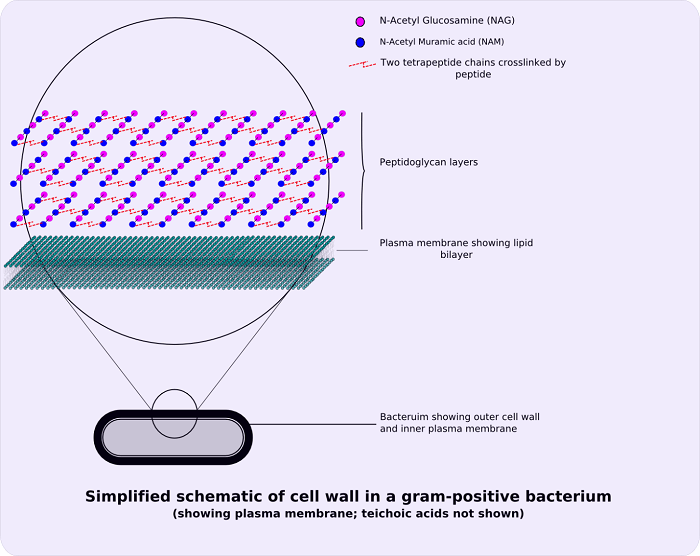
Structure Of a Bacterial CellA bacterial cell differs from a eukaryotic cell in several ways, including the presence of an exterior cell wall, circular DNA in the nucleoid, and the absence of membrane-bound organelles. Distinctive CharacteristicsBacteria do not have so many cell organelles and other cell structures found in eukaryotic cells. They, for example, lack a nucleus. They also lack organelles that are membrane-bound, such as chloroplast and mitochondria. A bacterial cell's DNA differs from that of a eukaryotic cell. Bacterial DNA is found in the cytoplasm on a single circular chromosome. There are numerous linear chromosomes in eukaryotes. Bacteria also have two distinct characteristics: a cell wall and flagella. Outside the cell wall, some bacteria contain a capsule. Cell wallBacteria are enclosed by a cell wall composed of peptidoglycan. This intricate molecule is made up of carbohydrates and amino acids. The cell wall is essential for bacterium protection. Since the cell wall is so crucial, some antibiotics, like penicillin, lyse bacterial cells by blocking the formation of the cell wall. Some bacteria require energy and nutrients from a host organism. These microorganisms are referred to as parasites. When the host begins to attack the parasitic bacteria, the bacteria produce a film of slime that covers the cell wall. This slime adds an additional layer of defense. 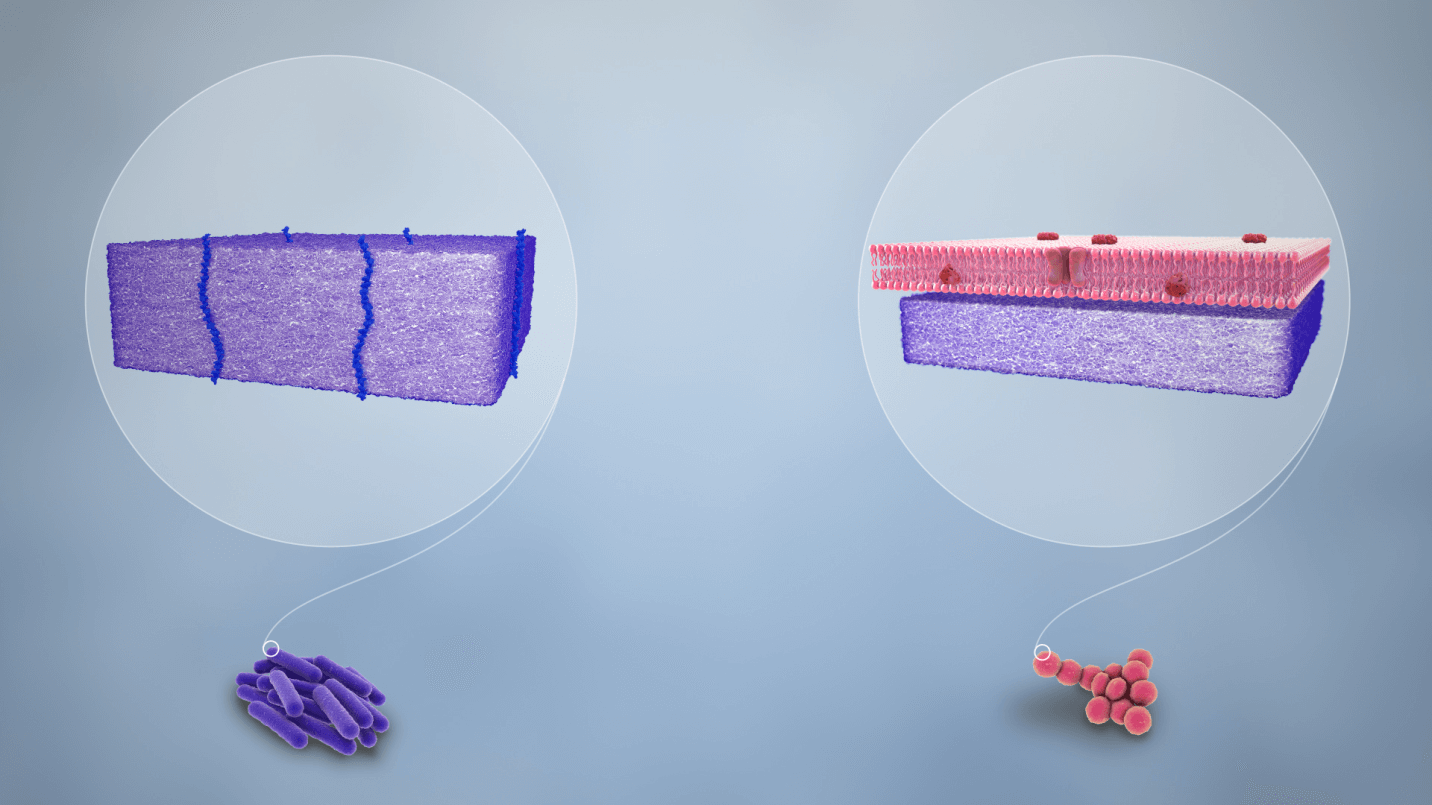
FlagellaFlagella are tail-like structures seen in certain bacteria. Flagella assist bacteria in moving. The bacteria are spun and propelled ahead as the flagella revolve. The flagella are typically described as looking like a little whip, driving the bacterium ahead. Though certain eukaryotic cells do have flagella, flagella are uncommon in eukaryotes.
Next TopicColiform Bacteria
|
 For Videos Join Our Youtube Channel: Join Now
For Videos Join Our Youtube Channel: Join Now
Feedback
- Send your Feedback to [email protected]
Help Others, Please Share









